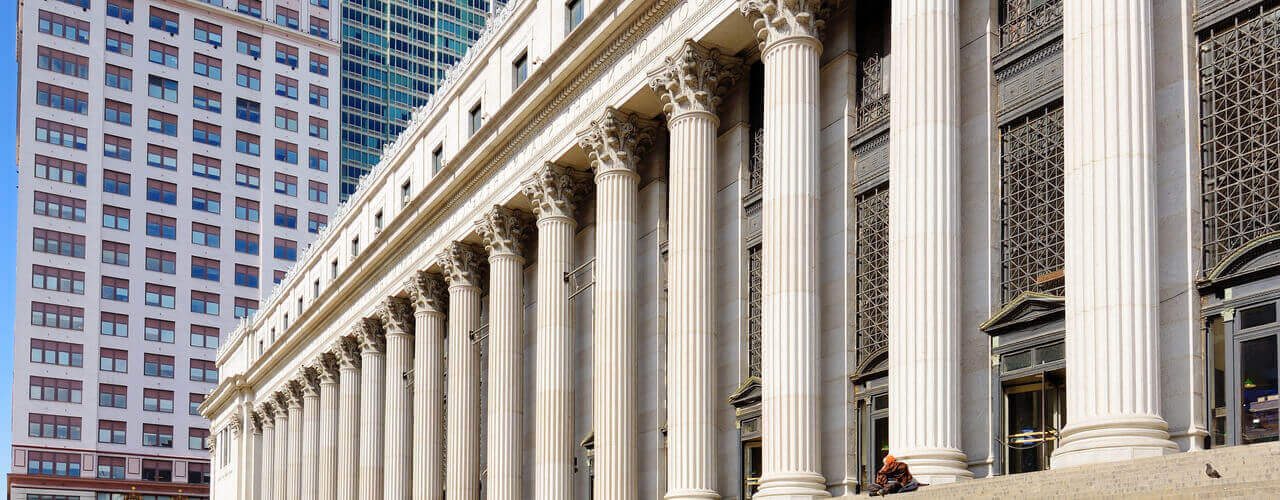Facebook’s decision to sign a 730,000-square-foot lease at Vornado’s Farley Building gave a long-awaited vote of confidence in the post-pandemic future of New York City’s commercial real estate. While it already boasts a nearly 3-million-square-foot presence in Manhattan — including 1.5 million square feet of office space at Hudson Yards and another 700,000 square feet at 770 Broadway in NoHo — Facebook has been on the lookout for another Manhattan office space for rent since last summer, when it outbid Apple during negotiations for the former post office building at 421 Eighth Ave.
Previously known as the James A. Farley Post Office, the building was designed by architectural firm McKim, Mead & White and completed in 1912. The six-story, Beaux-Art landmark is part of a nearly $1.03 billion redevelopment by Vornado that would add 120,000 square feet of retail to the property. The development also includes the Moynihan Train Hall, which would expand the nearby Penn Station. The project will be completed in several phases, the first of which is set to begin at the end of 2020. The Empire State Development holds the rights to the land beneath the Farley Building until June 2116.
Despite Facebook’s interest in the property, doubts remained about the ultimate fate of the deal, especially following Mark Zuckerberg’s announcement in mid-May regarding a shift toward remote/hybrid work arrangements for roughly half of the company’s employees. However, the social media giant seems determined to build a veritable stronghold in the country’s second-largest tech hub, as it is also in negotiations for a Neiman Marcus property in Hudson Yards. In that case, Facebook plans to convert the 188,000-square-foot retail space into offices.
The coronavirus outbreak has left many businesses weary of returning to their offices. Nonetheless, Facebook has increased its number of employees in its Manhattan offices — from 2,900 at the beginning of the year to more than 4,000 today. What’s more, following the addition of the Farley Building and a possible future location at Hudson Yards, the company could move another 8,500 workers to the city.









